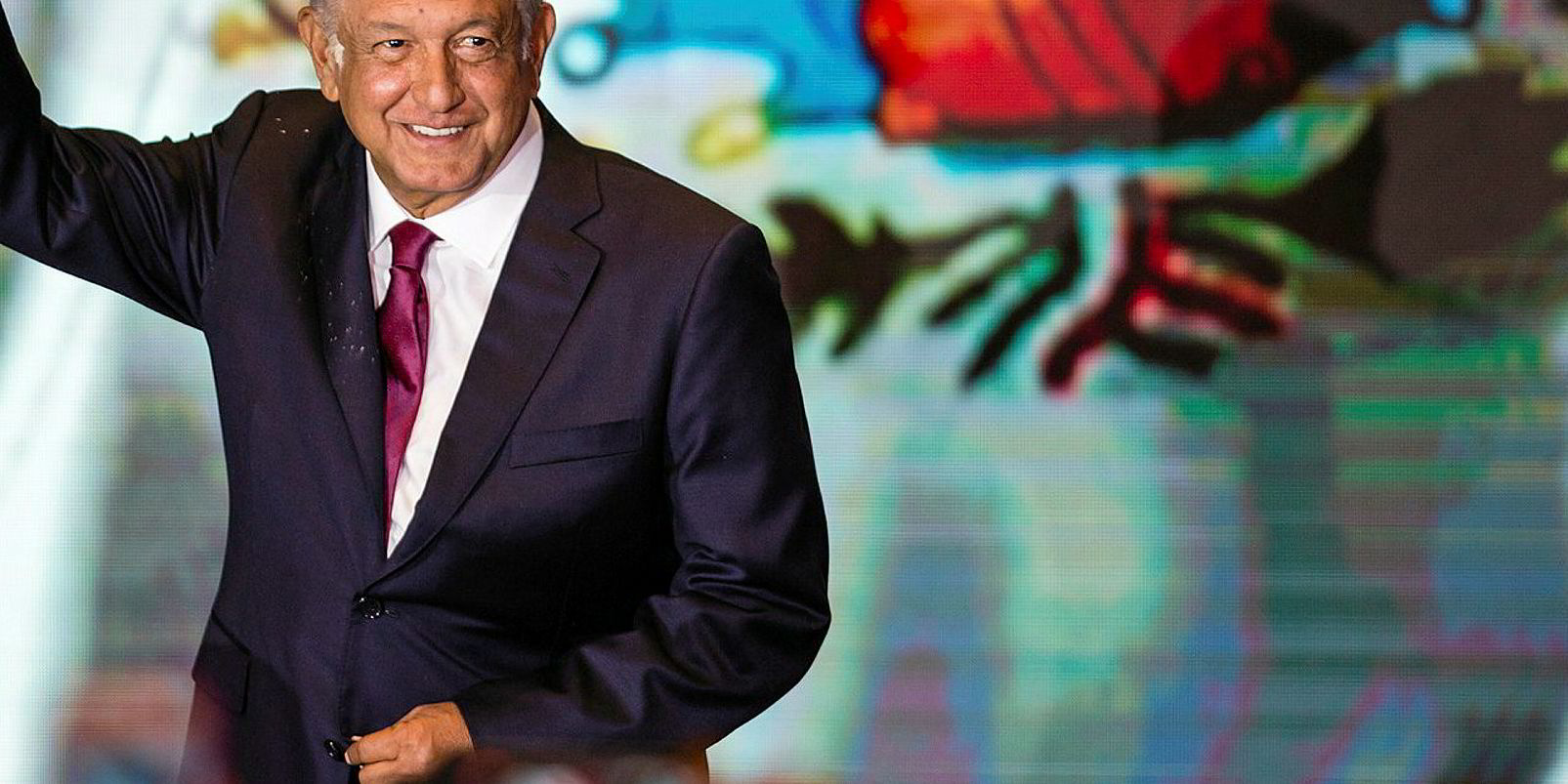Two days after Mexico’s first ever left-wing government was sworn into power on December 1, new president Andrés Manuel López Obrador (known widely as AMLO) unexpectedly suspended the country’s fourth clean-energy tender in order to revise its “objectives and reach”, just weeks before it was due to go ahead.
In his inauguration speech, AMLO said, rather confusingly, that renewables were the way to reduce energy prices, but that he would “rescue” state utility (and former monopoly) CFE and modernise its old thermal power plants and hydro dams.

